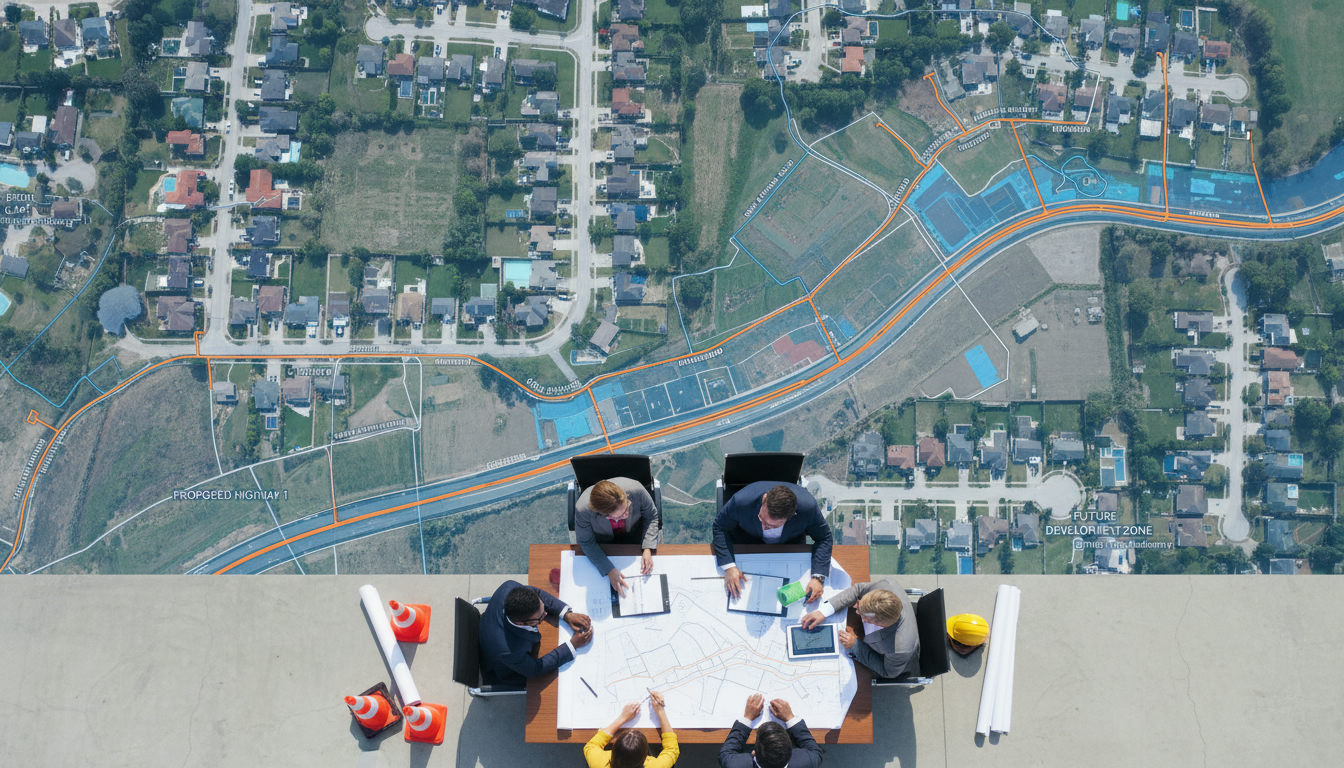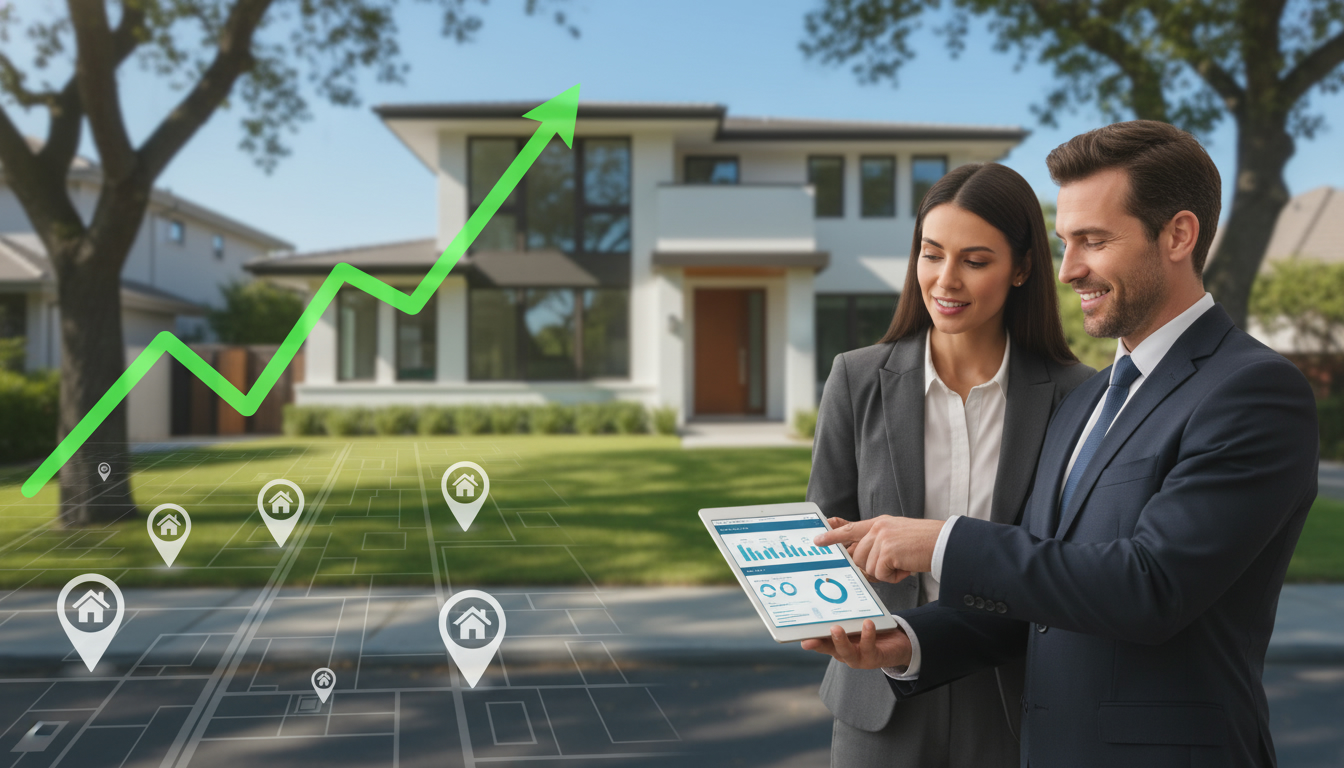How do I evaluate a home’s future resale value?
Want to know which homes will soar in resale value — and which will stall?
Clear roadmap to predict future resale value
You want one thing: buy a home that grows in value. Here’s a focused, no-fluff system to evaluate a home’s future resale value. Read it, use it, win.
A top local realtor, Tony Sousa, uses these exact indicators daily. This is market-tested. Follow the steps below and you’ll make smarter buy decisions, avoid bad investments, and price property for maximum return.
Quick checklist to estimate resale value
-
Comparable Sales (Comps) — Pull 6–12 months of recent sales within a 1 km radius. Look for price per square foot trends, not isolated outliers. If comps are rising, the market gives you tailwind.
-
Days on Market & Inventory — Shortening days on market and low active listings mean faster appreciation. High inventory = buyer’s market; plan accordingly.
-
Neighborhood Fundamentals — Schools, transit, parks, and walkability move prices. Good schools and new transit projects produce consistent demand.
-
Planned Development & Zoning — Check municipal plans for new infrastructure, condo towers, or rezoning. A new transit station or commercial hub near a neighborhood changes values fast.
-
Supply Constraints — Limited lot sizes or strict heritage controls reduce added supply and protect prices.
-
Rental Demand & Cap Rate — For investors, calculate cap rate and rent-growth. Strong rental demand supports resale by more buyers (owner-occupiers and investors).

Market indicators that predict appreciation
- Employment growth and new companies in the area.
- Infrastructure projects: transit, hospitals, schools. Timelines matter.
- Demographic shifts: young professionals moving in, aging population moving out.
- New listings vs. closed sales ratio — a persistent sellers’ market signals pricing momentum.
Home features that reliably boost resale value
- Extra functional space: legal basement suites, bedrooms, or converted attics.
- Updated kitchens and bathrooms with modern finishes.
- Energy efficiency: new windows, insulation, and heating systems.
- Smart curb appeal: driveway, landscaping, maintenance-free siding.
- Usable outdoor space for family lifestyles.
Practical valuation steps you can do today
- Run a Comparative Market Analysis (CMA) with a local agent. Don’t rely solely on online estimates.
- Check municipal building permits for upgrades and planned projects.
- Walk the neighborhood at different times. Note noise, traffic, and foot traffic.
- Talk to two local agents and one lender — get supply, demand, and mortgage perspective.
Insider advice from a top local realtor
Price growth is rarely driven by a single factor. It’s a stack: strong comps + low supply + infrastructure + desirable home features. If three of four are positive, you’re in a good position.
If you want a tailored evaluation, I’ll run a no-nonsense report: recent comps, forecasted appreciation, and renovation ROI. Contact Tony Sousa at tony@sousasells.ca or 416-477-2620. Visit https://www.sousasells.ca for examples and client results.
Act now: use the checklist, verify the indicators, and don’t buy emotion. Buy evidence.





















